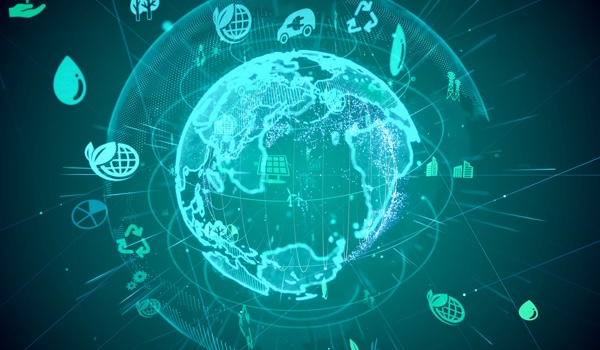


LONDON - In my last article, I introduced the need for sustainable artificial intelligence (AI) as a key tenet of the responsible development and deployment of AI. The focus over the past few years has been on the amazing opportunities that AI offers to protect the environment. This positive avenue is worthy of investment, as AI has the potential to reduce companies’ greenhouse gas emissions and cut costs by monitoring firms’ carbon footprints.
Yet public discourse on AI systematically avoids considering its environmental costs. AI, as University of Sydney Prof Benedetta Brevini puts it, “runs on technology, machines, and infrastructures that deplete scarce resources in their production, consumption, and disposal, thus increasing the amounts of energy in their use, and exacerbate problems of waste and pollution. It also relies on data centers that demand impressive amounts of energy to compute, analyze, and categorize. If we want to stand a chance at tackling the climate emergency, then we must stop avoiding addressing the environmental problems generated by AI.”1
The technology industry is estimated to be responsible for 3.5-4% of global greenhouse gas emissions, which is even higher than such sectors as air transport. Further, predictions hold that AI may potentially consume one-tenth of the world’s electricity by 2025. To cite an example, the language model GPT-3 OpenAI/Microsoft developed in 2020 has a capacity of 175 billion machine learning parameters and was trained on 500 billion words.2 Its estimated carbon emissions during this training were a massive 552 metric tons of carbon dioxide, a number some have compared to the greenhouse gas emissions of running 120 American cars over one year, to put it into perspective.3
The pandemic has made this issue more urgent, hastening humanity’s reliance on the digital world while the development and adoption of AI across sectors
The content herein is subject to copyright by The Yuan. All rights reserved. The content of the services is owned or licensed to The Yuan. Such content from The Yuan may be shared and reprinted but must clearly identify The Yuan as its original source. Content from a third-party copyright holder identified in the copyright notice contained in such third party’s content appearing in The Yuan must likewise be clearly labeled as such. Continue with Linkedin
Continue with Linkedin
 Continue with Google
Continue with Google







 1572 views
1572 views










